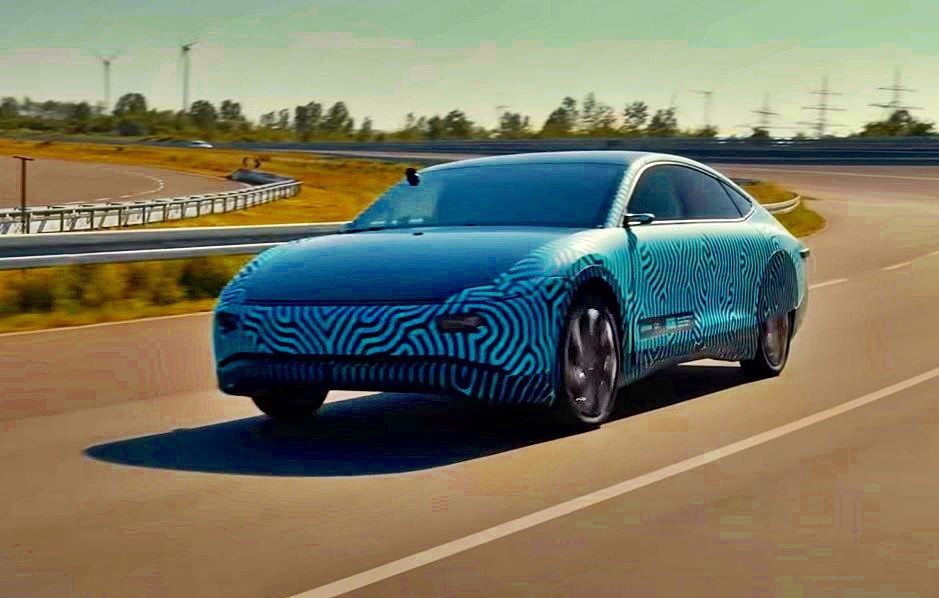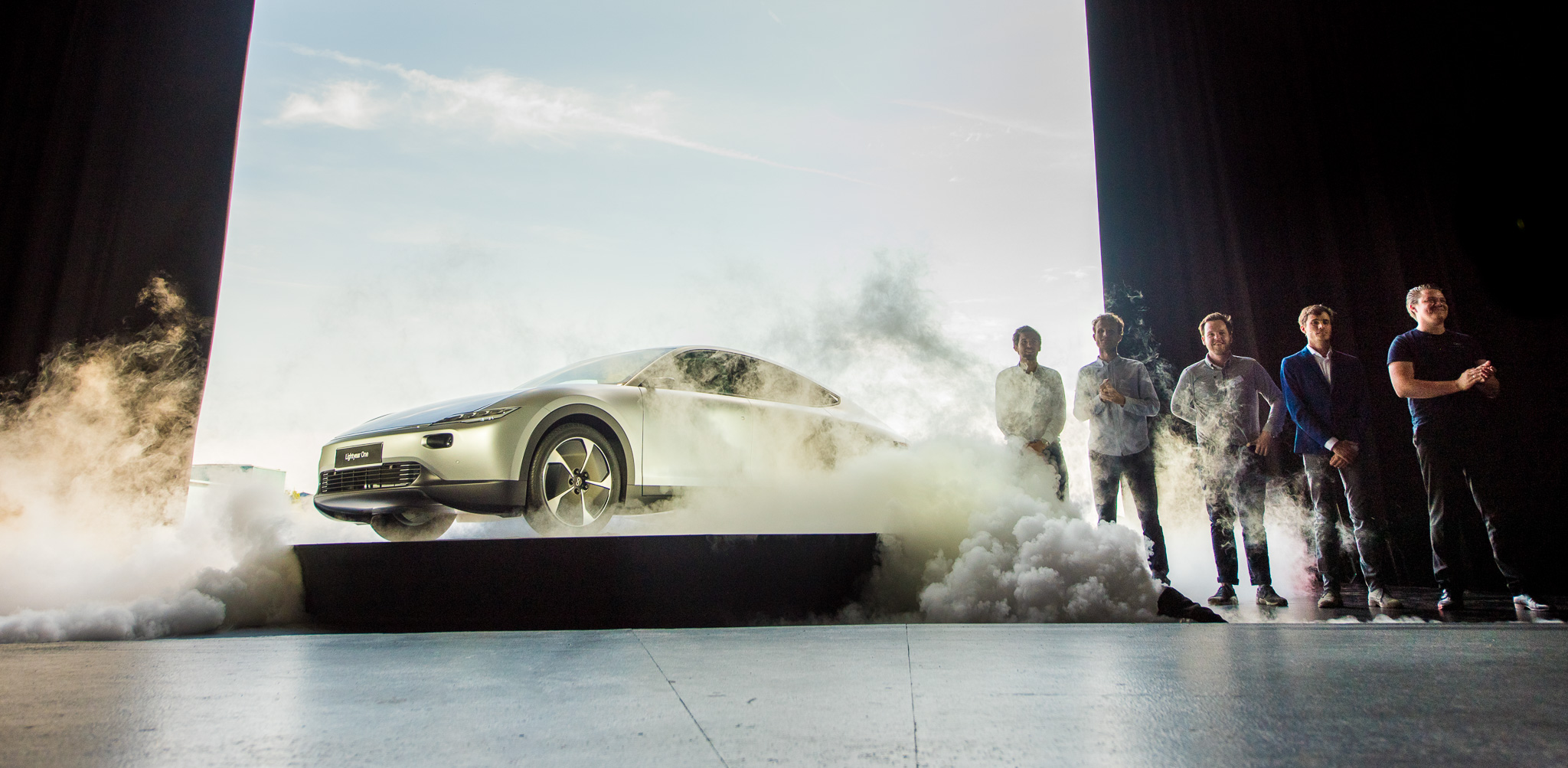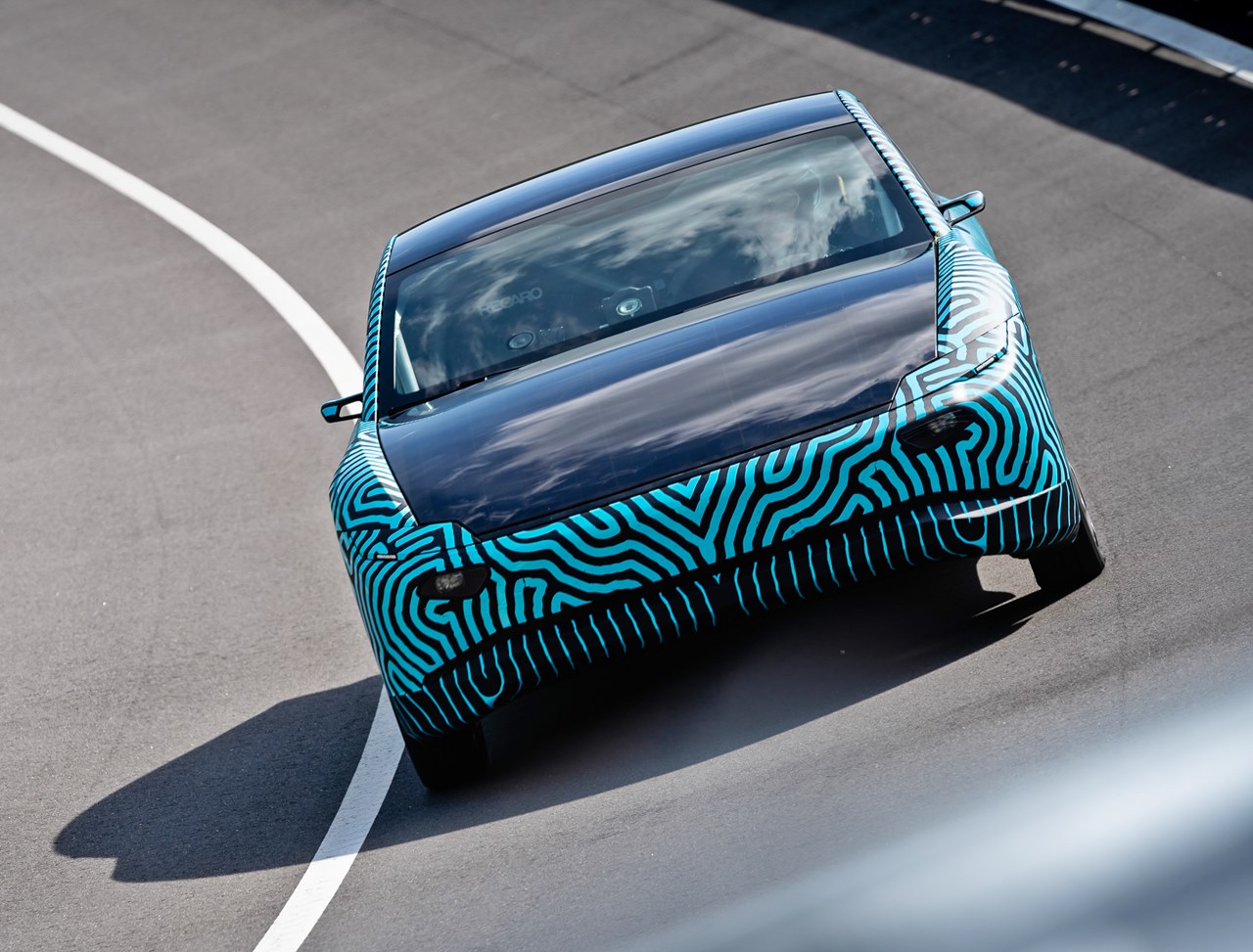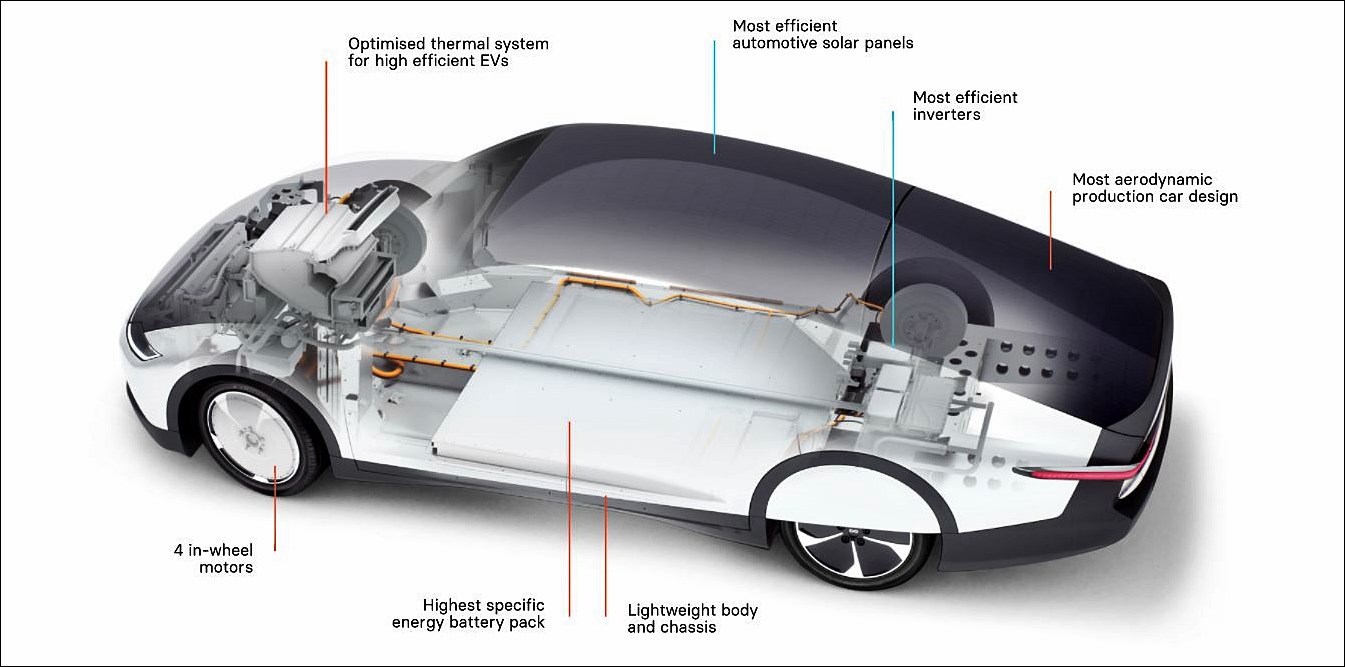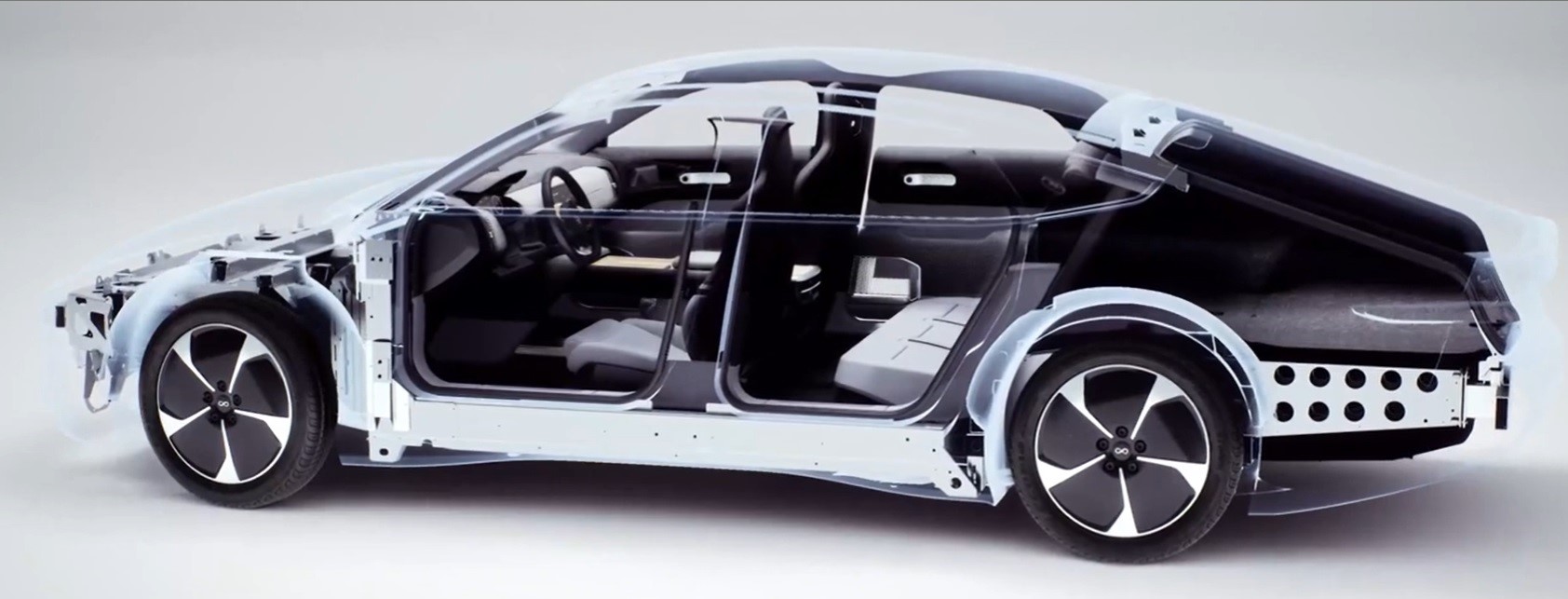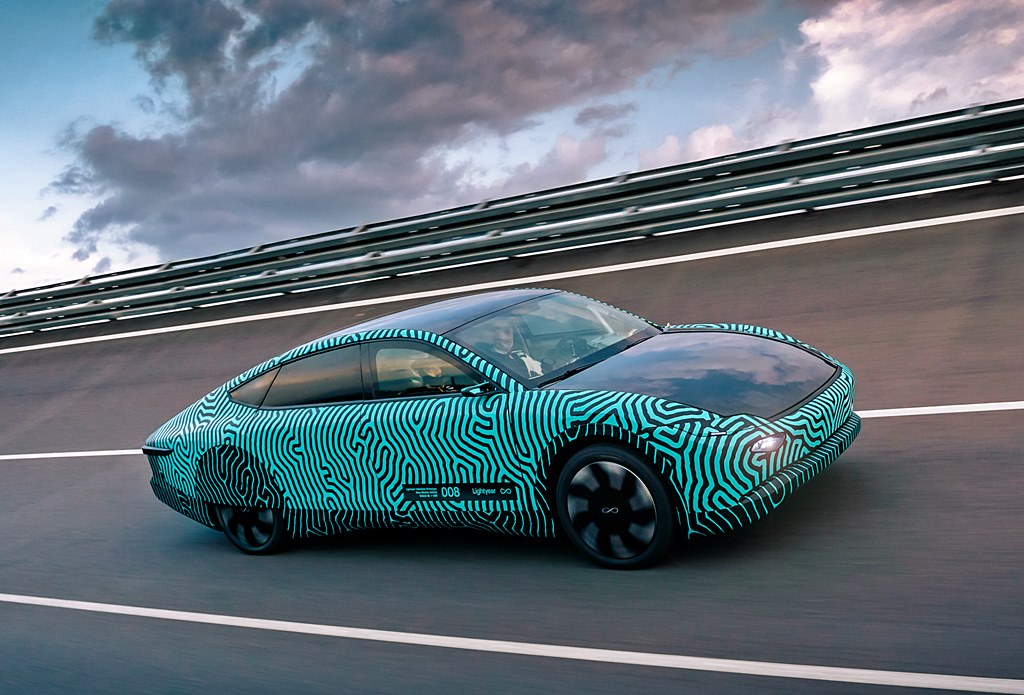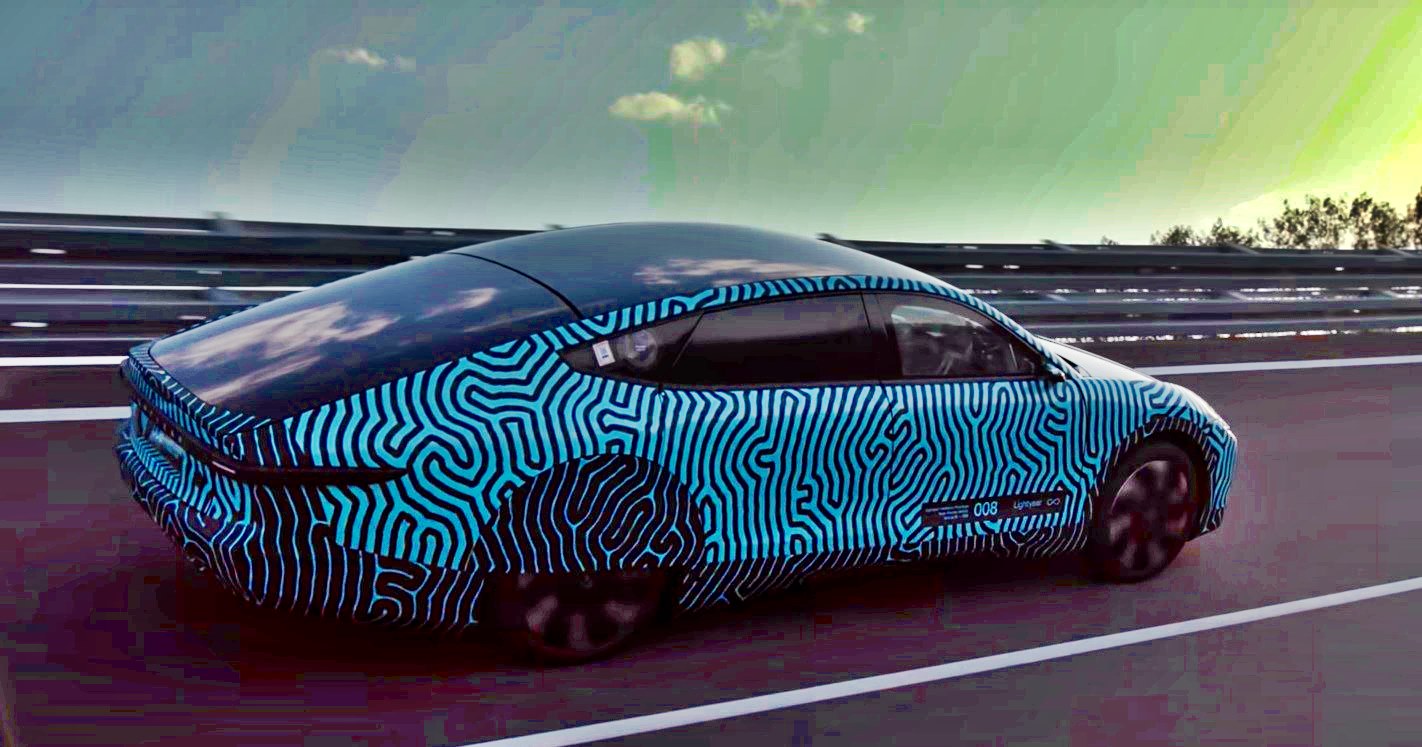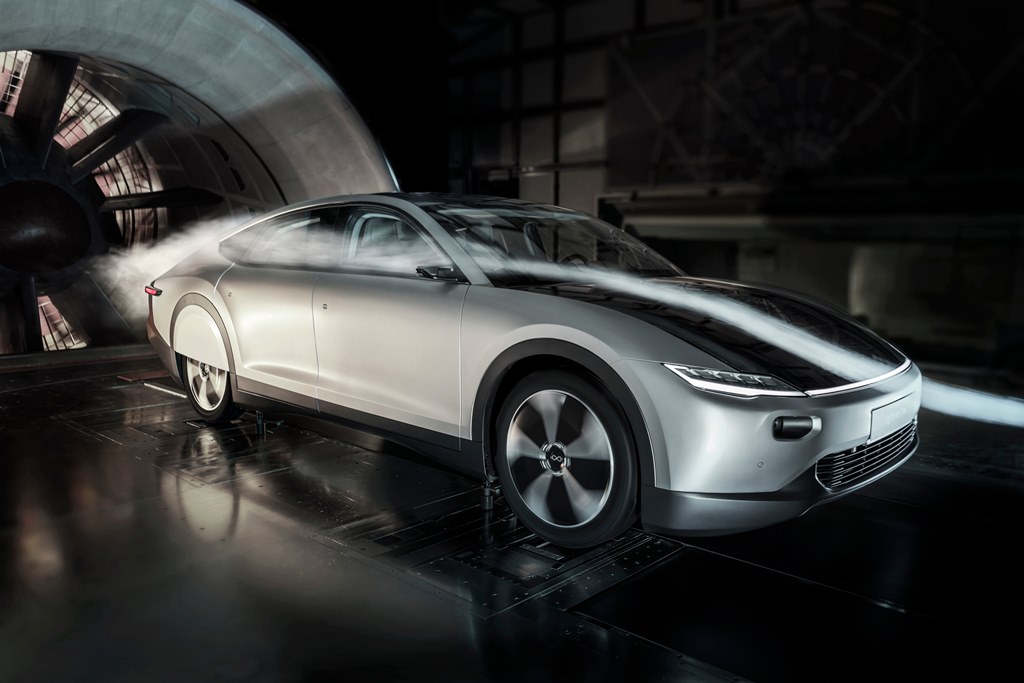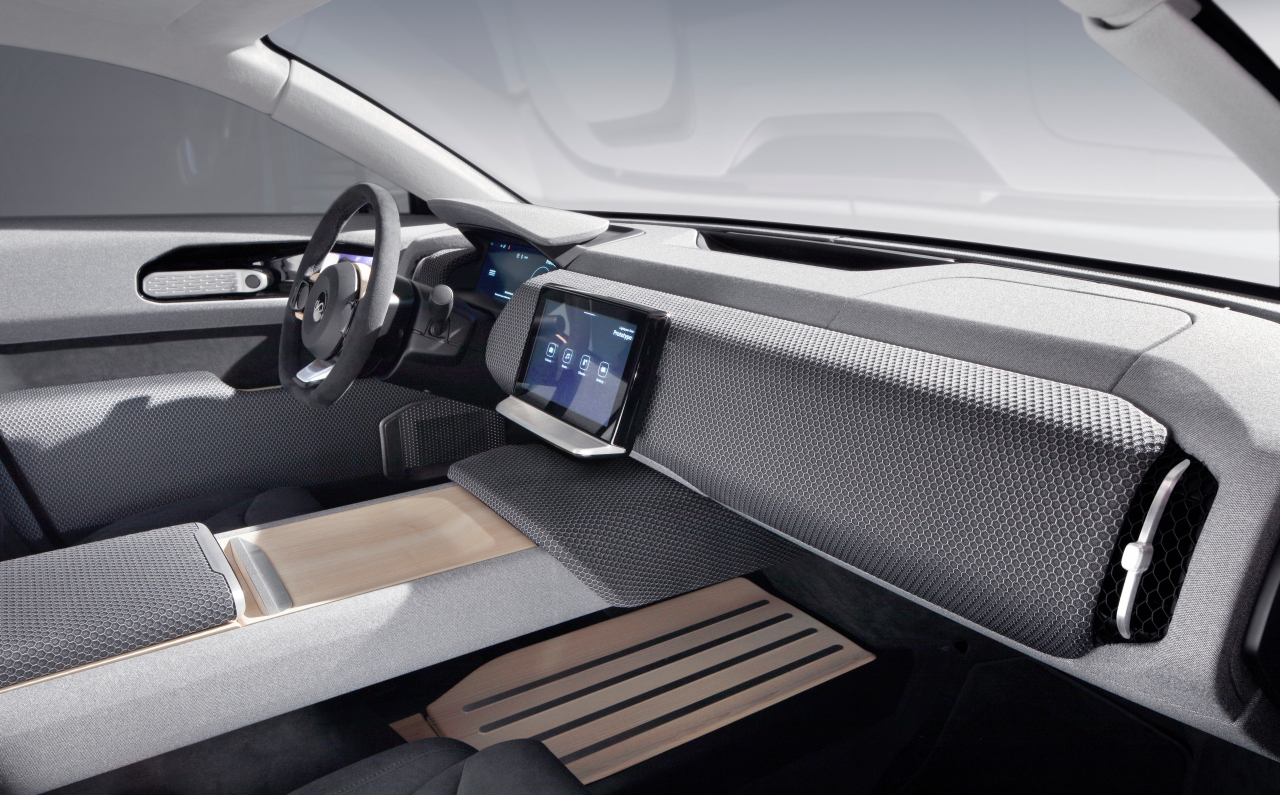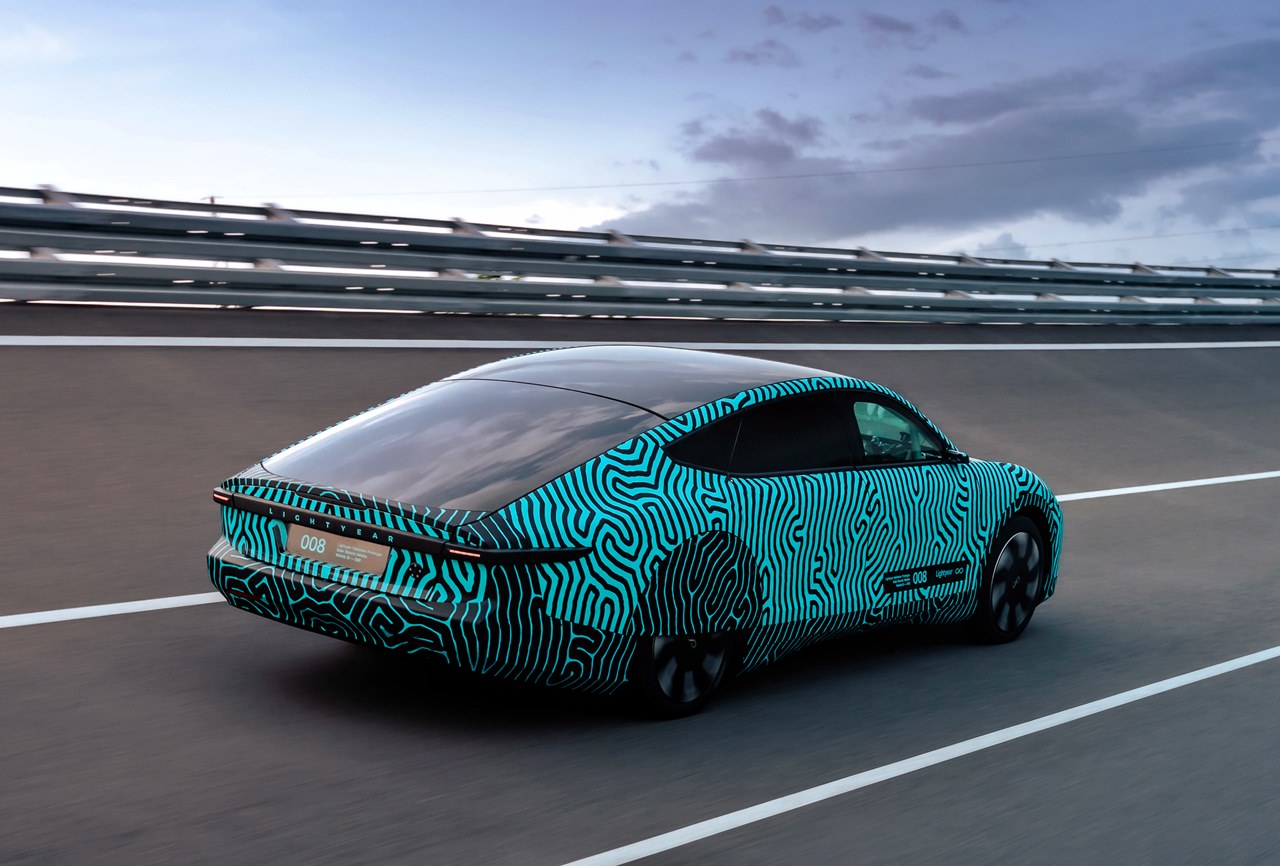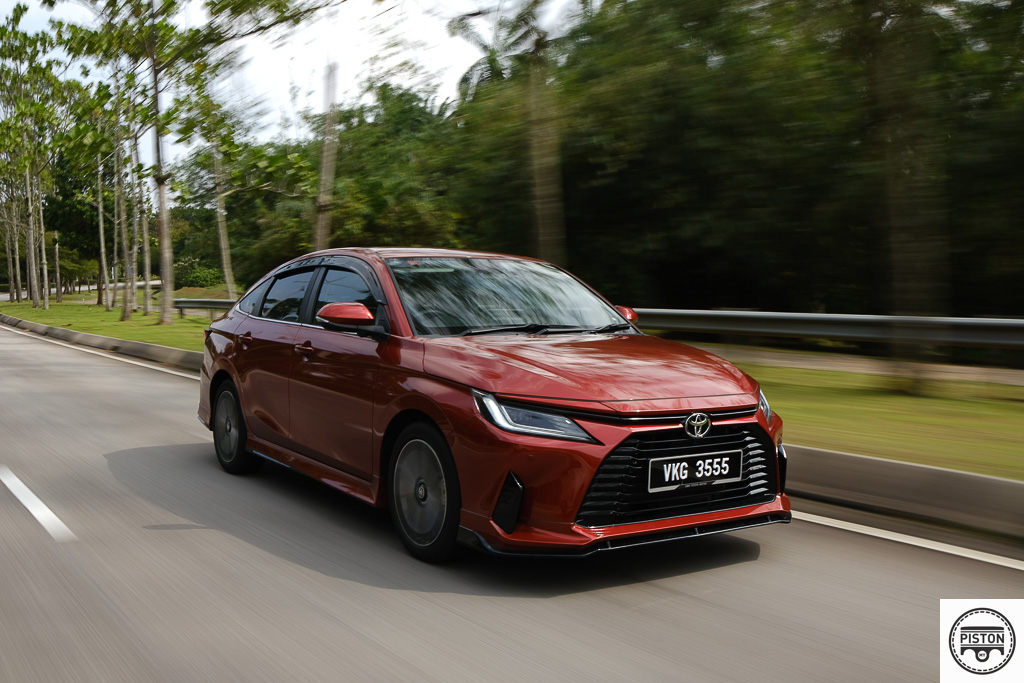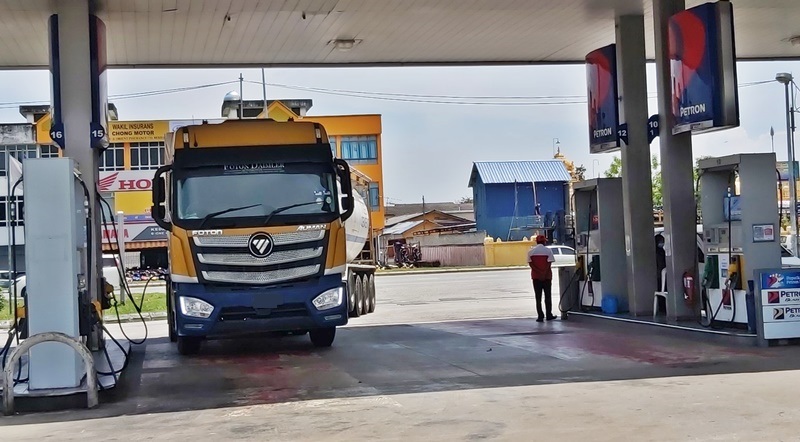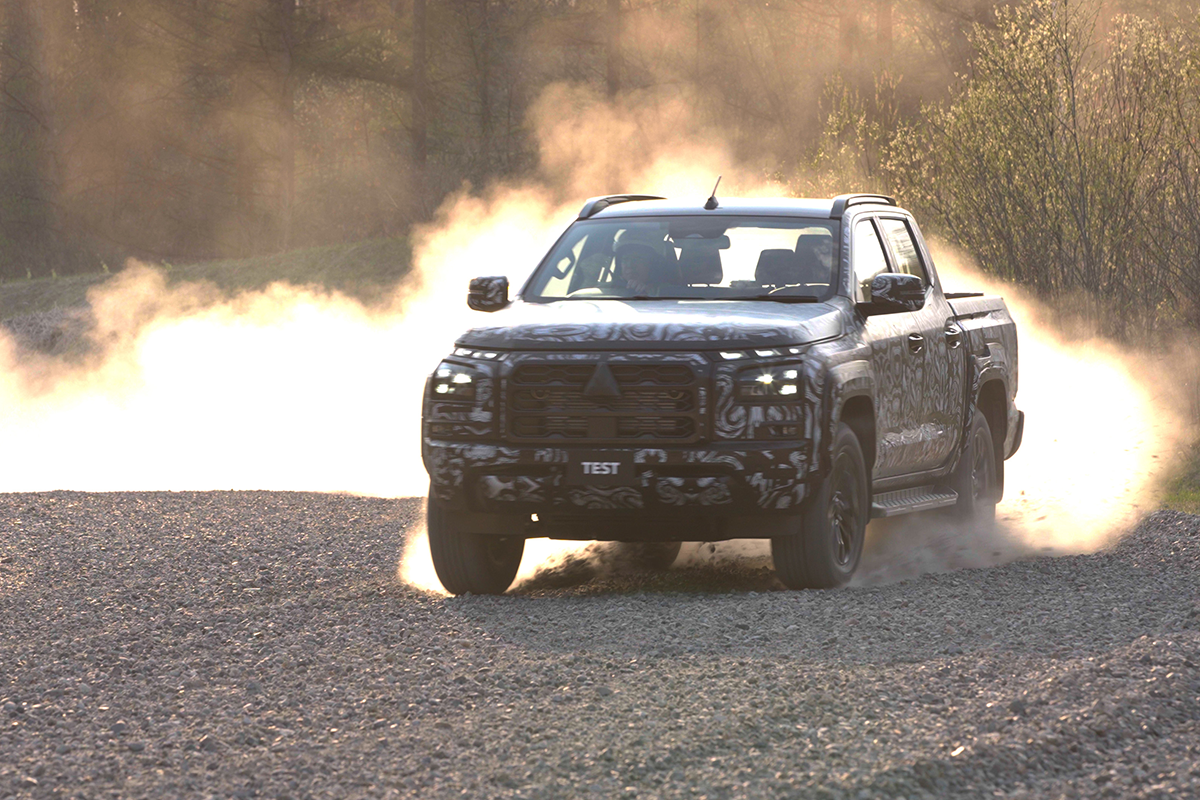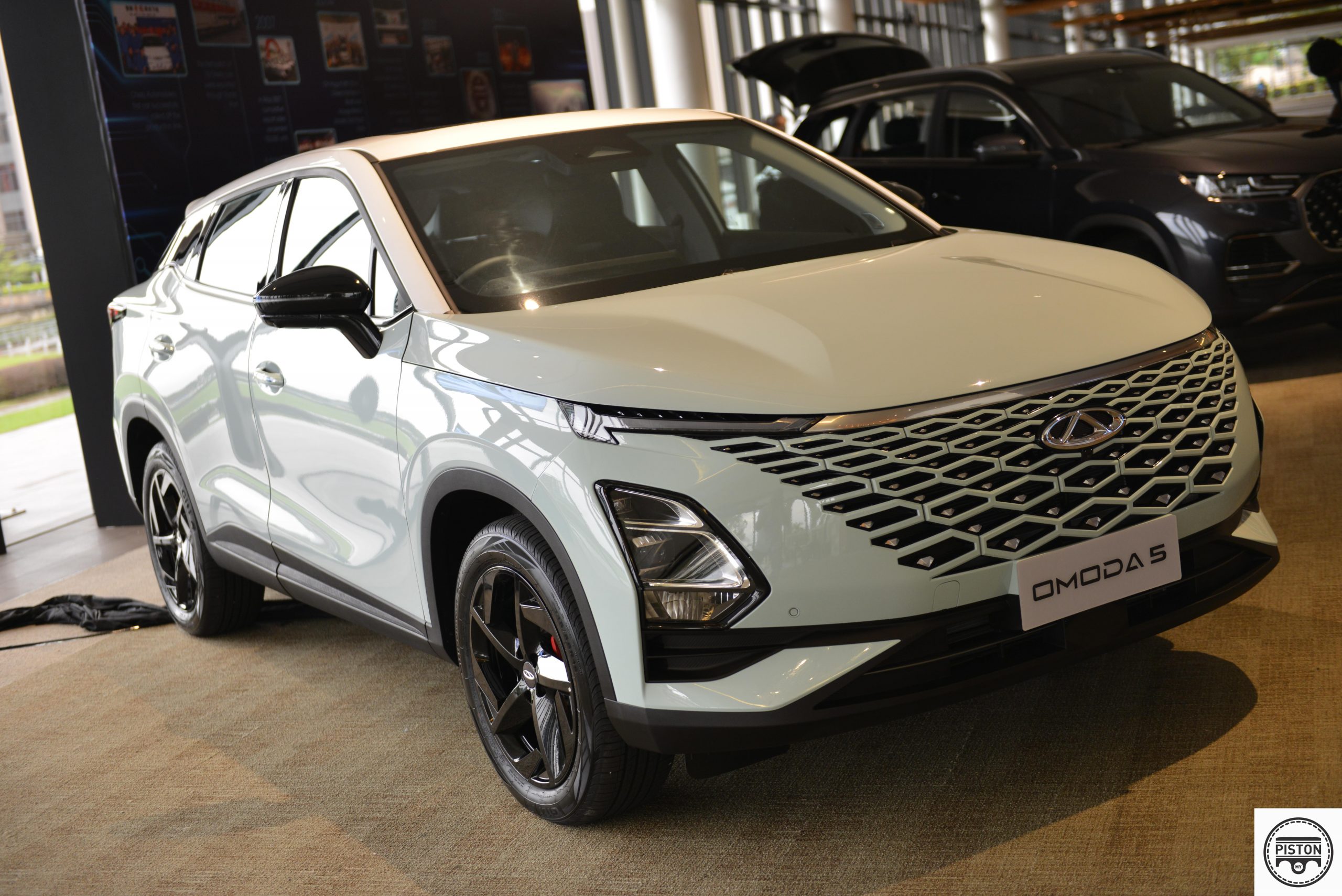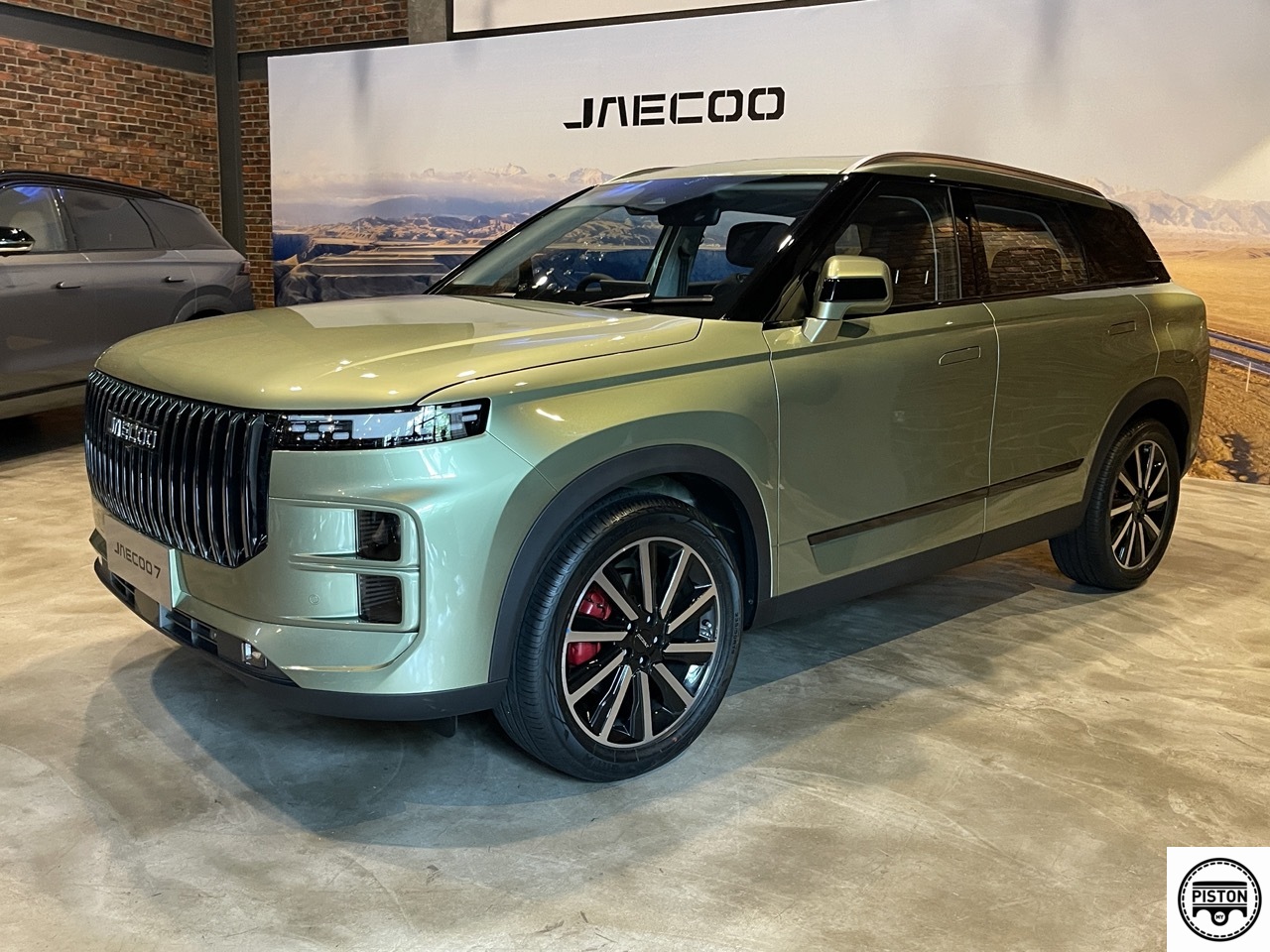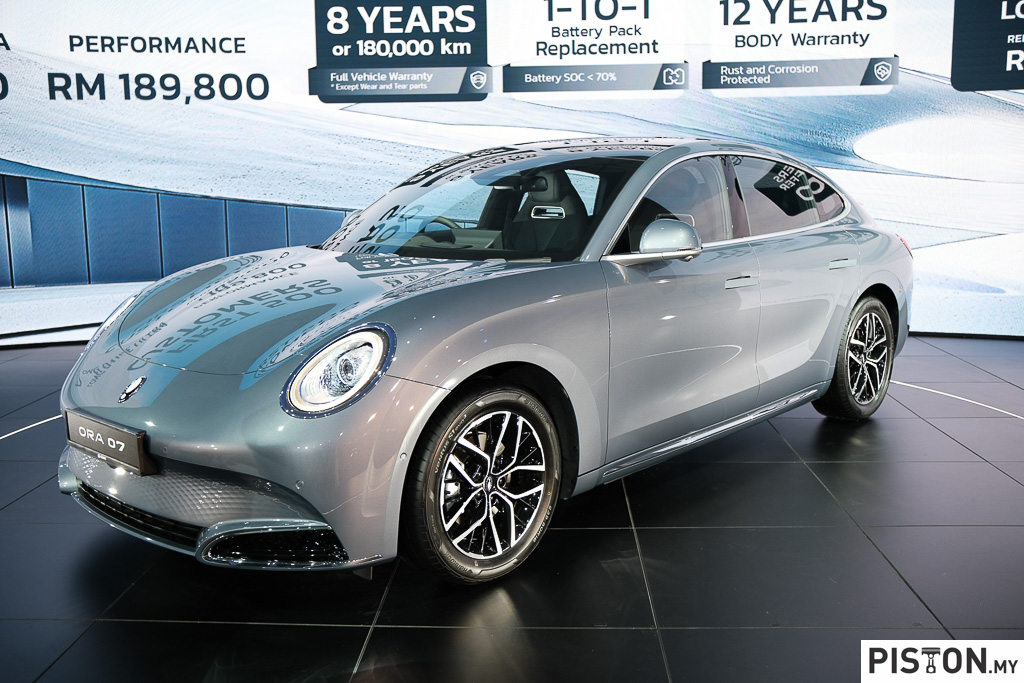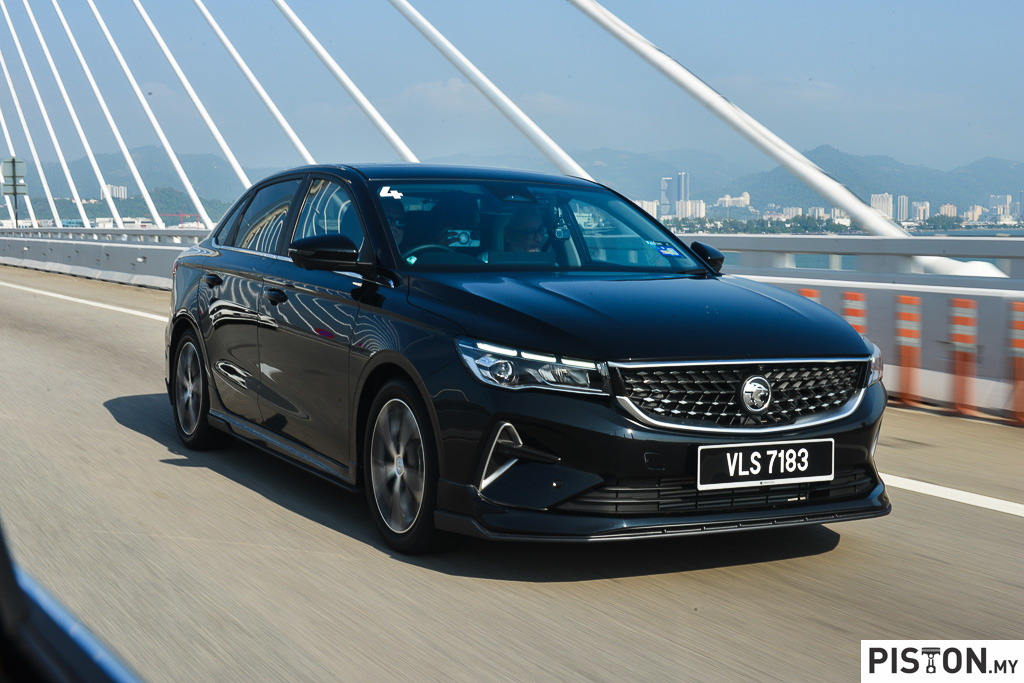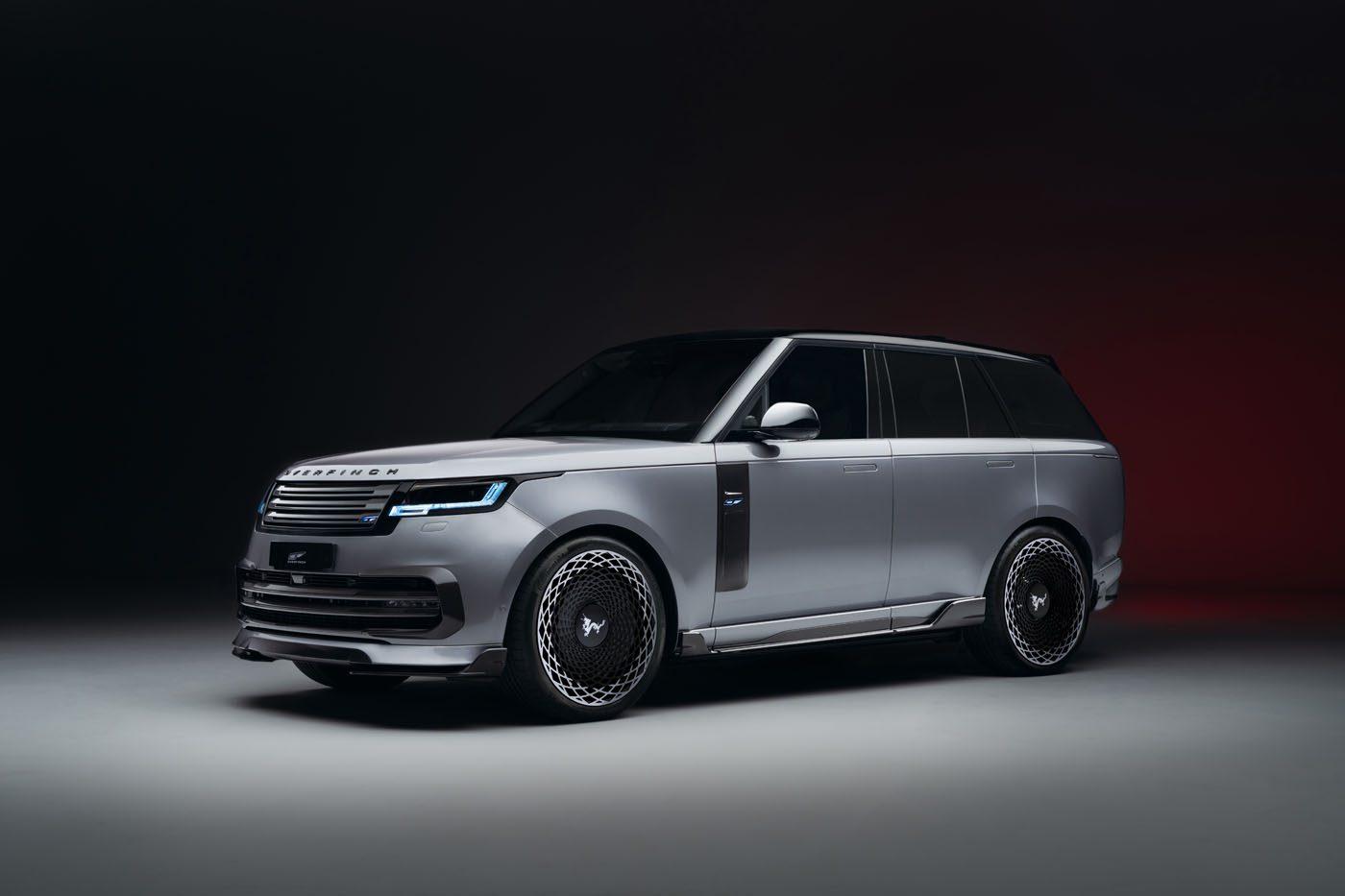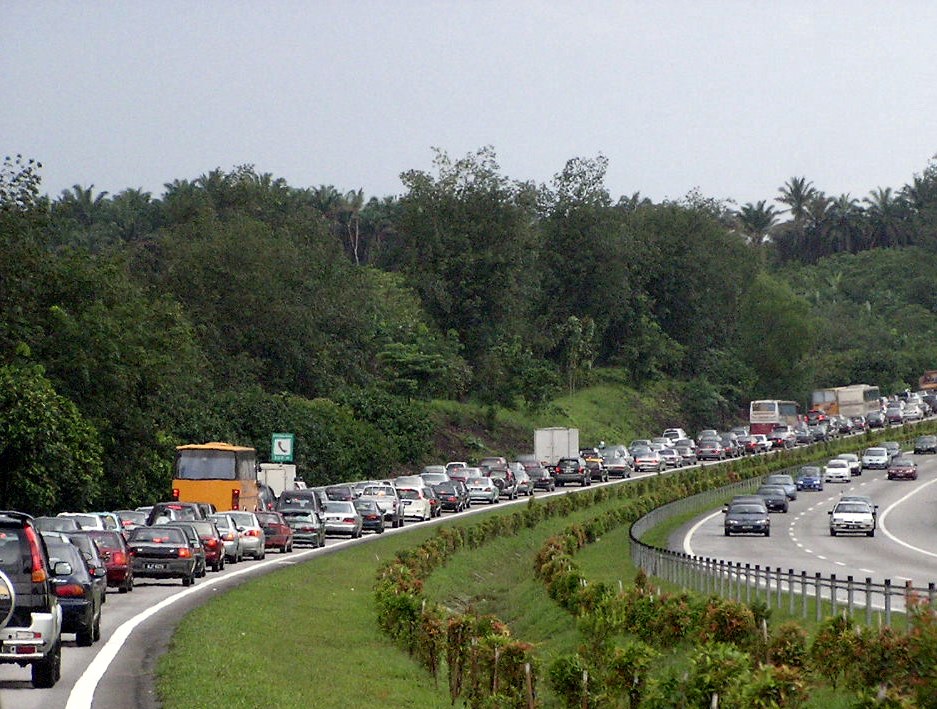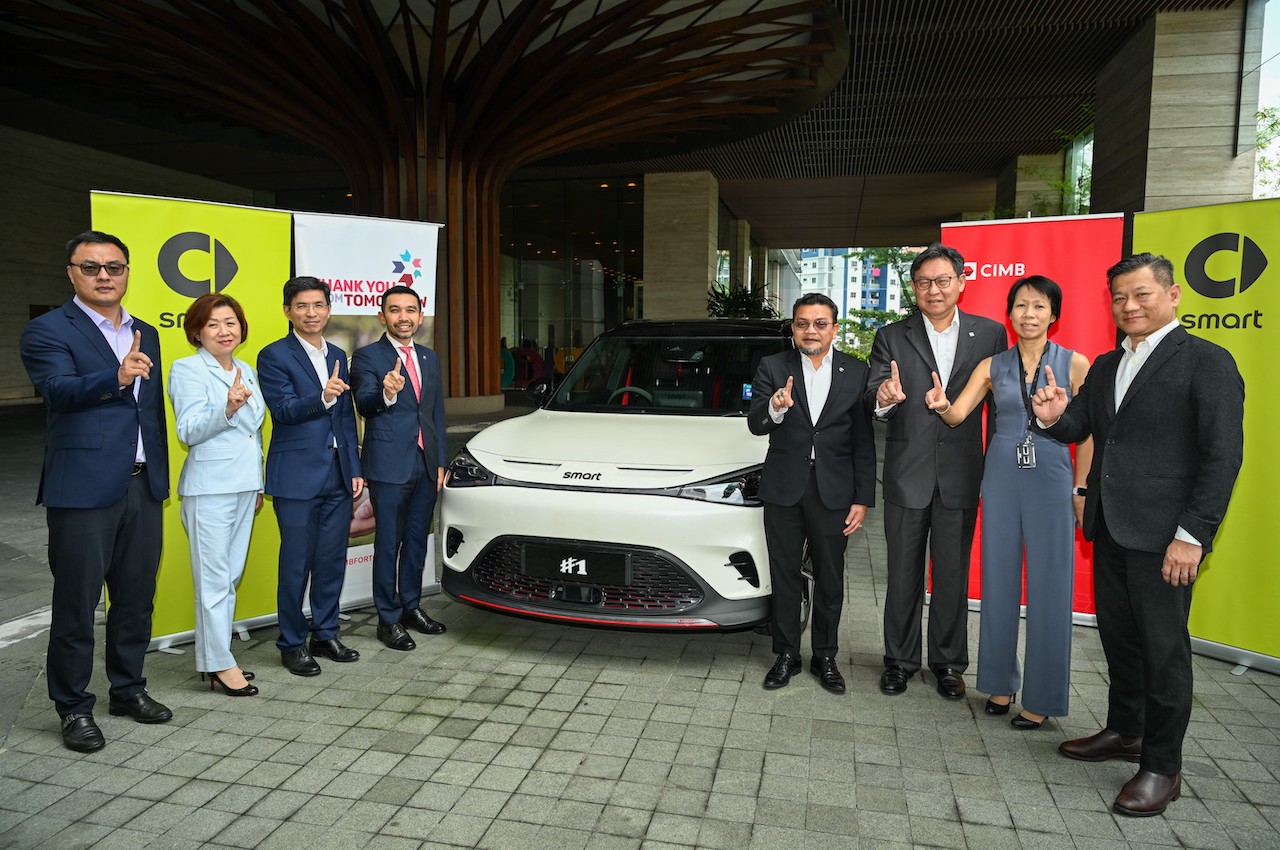While the rest of the auto industry is focussed on battery packs with stored electricity to power motors that propel cars, one company in the Netherlands is using an approach which has been thought to be impossible – at this time. The approach uses the energy in sunshine, which there is an abundance of (especially in Malaysia) and Lightyear, as the company is called, is not just talking about it: they have a running prototype that has shown promising results.
5-year old start-up
Lightyear is a start-up which was established in 2016 and specializes in solar electric vehicles (SEVs). It is made up of alumni of Solar Team Eindhoven which won the Bridgestone World Solar Challenge in 2013, 2015 and 2017. Since its launch, Lightyear has received several awards, grants and support from key investors. “This allowed us to develop a working prototype for the first long-range solar car in just 2 years. We have already sold over a hundred vehicles. With Lightyear One, we want to show that our technology enabled us to build one of the most sustainable cars on the market that also offers great convenience,” said Lex Hoefsloot, CEO and co-founder of Lightyear.
Lightyear One, the first model, has been engineered coming from a radically different perspective, with a strong focus on optimising efficiency and safety. Its development started from scratch, following not convention but only the laws of physics, to purposefully design a car that ‘gets the most out of every ray of sunshine’. The main goal of the SEV is to fill in where electric cars fall short. “Research has shown that range and the lack of charging options are still the top concerns that people have when considering electric cars,” said Hoefsloot.
Ultra-efficiency as the solution
“We are solving these issues with what we call ultra-efficiency. On one hand, that will lead to an exceptional range of 725 kms on a relatively small battery pack. On the other hand, it can charge directly from the sun because its energy consumption is much lower, generating up to 20,000 kms worth of energy per year. Moreover, all of the charging options out there become easier to use because you get a lot more range for the same amount of energy charged. So effectively, you charge a lot faster from any power outlet. You can charge up to 400 kms per night from ordinary 230V sockets. That’s great for road trips because you don’t need charging infrastructure.”
The roof and bonnet are where 5 square metres of integrated solar cells are installed. They are encased in safety glass so strong that a fully-grown adult can walk on them without causing dents. The car itself is constructed from high-tech materials to have the lowest weight possible while maintaining stringent passenger safety. It is propelled by four independently driven wheels, so no energy is lost in transit from the engine to the wheel. In addition to solar power, Lightyear One can be charged at a fast-charging station or even a regular outlet, when required.
By June last year, in spite of the challenges posed working in pandemic conditions, the team was able to take a Validation Prototype to a test track in Germany. There, they achieved a significant milestone: 710 kilometres on a single battery charge, the longest range an electric vehicle has ever achieved on 60 kWh of energy.
Extremely high energy efficiency
The prototype was driven at a speed of 85 km/h for almost 9 hours straight on one single charge. Even the most efficient electric cars on the market today consume around 50% more energy at this relatively low speed. It took energy EV efficiency to the next level as lowering the energy consumption per km of an EV ensures that you can provide a lot of range on a small battery. Because batteries are the most expensive part of an EV, it means that, in the future, it will be possible to offer affordable electric cars with a lot of range.
But can a solar car be durable enough for long-term use – especially those solar cells? This was answered by the next phase of testing where engineers assessed the Lightyear One’s structural integrity when driving on harsh roads, collected data for simulation models, and used the results for component testing.
The data was collected through 72 different sensors, which even measured acceleration signals in various body and wheel positions. Collecting this data was crucial, mainly because of Lightyear One’s in-wheel motors.
The durability testing done in Belgium consisted of driving over 20 different surfaces, varying from deep potholes, driving over bumps, railroad crossings, to rural country roads. Besides seeing how well the in-wheel motors withstand stressful conditions, the aim was to simulate a standard and complete drive of a car in real-world conditions. The results surpassed expectations and provided with valuable input on how to improve the model.
More progress, more efficiency
Progress continues to be made and recently, the Lightyear team carried out tests on tyre performance (the tyres are developed by Bridgestone), aerodynamics and efficiency at higher speeds. The tests, carried out at the track in Aprilia which is where Bridgestone has its European Proving Ground, gave encouraging results.
The latest test data provided further evidence that the upcoming SEV will be one of the most efficient on the market. During the testing, the Lightyear One was taken up to 130 km/h, faster than in previous tests. Furthermore, conditions were colder, with the temperature around 10°C, which provided important data as climatic conditions have an effect on performance of EVS.
“Results of our road tests confirm that we’re on track to producing the most aerodynamic 5-seater to date, with a record-breaking drag coefficient of less than 0.20 Cd. Here at Lightyear, we never stop learning. And we never stop using those lessons to innovate. The tests, which delivered robust insight into the aerodynamics of our validation prototype, will be crucial in developing the most efficient car,” said Hoefsloot.
Hyundai Motor Group begins selling first model with solar roof charging system



